Kent Institute Australia: Uber Business Process Analysis Report 2018
VerifiedAdded on 2023/06/03
|8
|635
|114
Report
AI Summary
This report provides a detailed analysis of Uber's business processes, focusing on its value chain model, five forces analysis, and strategic recommendations. The research examines how Uber manages its business processes using information systems, emphasizing network activities and resource utilization to improve service delivery and client access. The value chain model, including primary activities like logistics, operations, and marketing, and support activities such as HRM and technology, is analyzed. A five forces analysis assesses the competitive landscape, including the intensity of rivalry, threats from new entrants, and the bargaining power of clients and suppliers. The report also suggests improvements, such as performance reviews and cultural shifts, to enhance service delivery. The business process model using BPMN is also included for better understanding of the processes.
1 out of 8
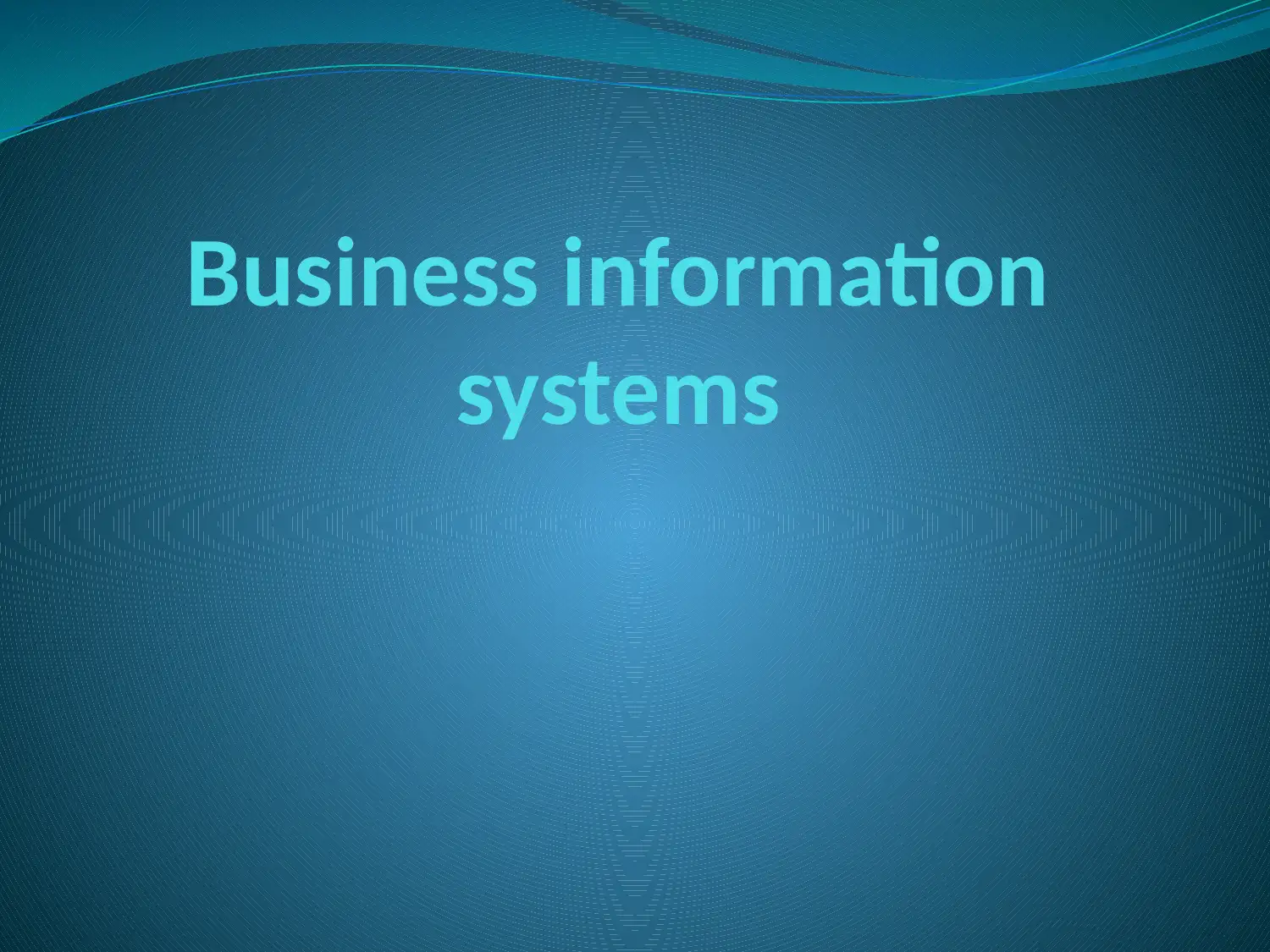
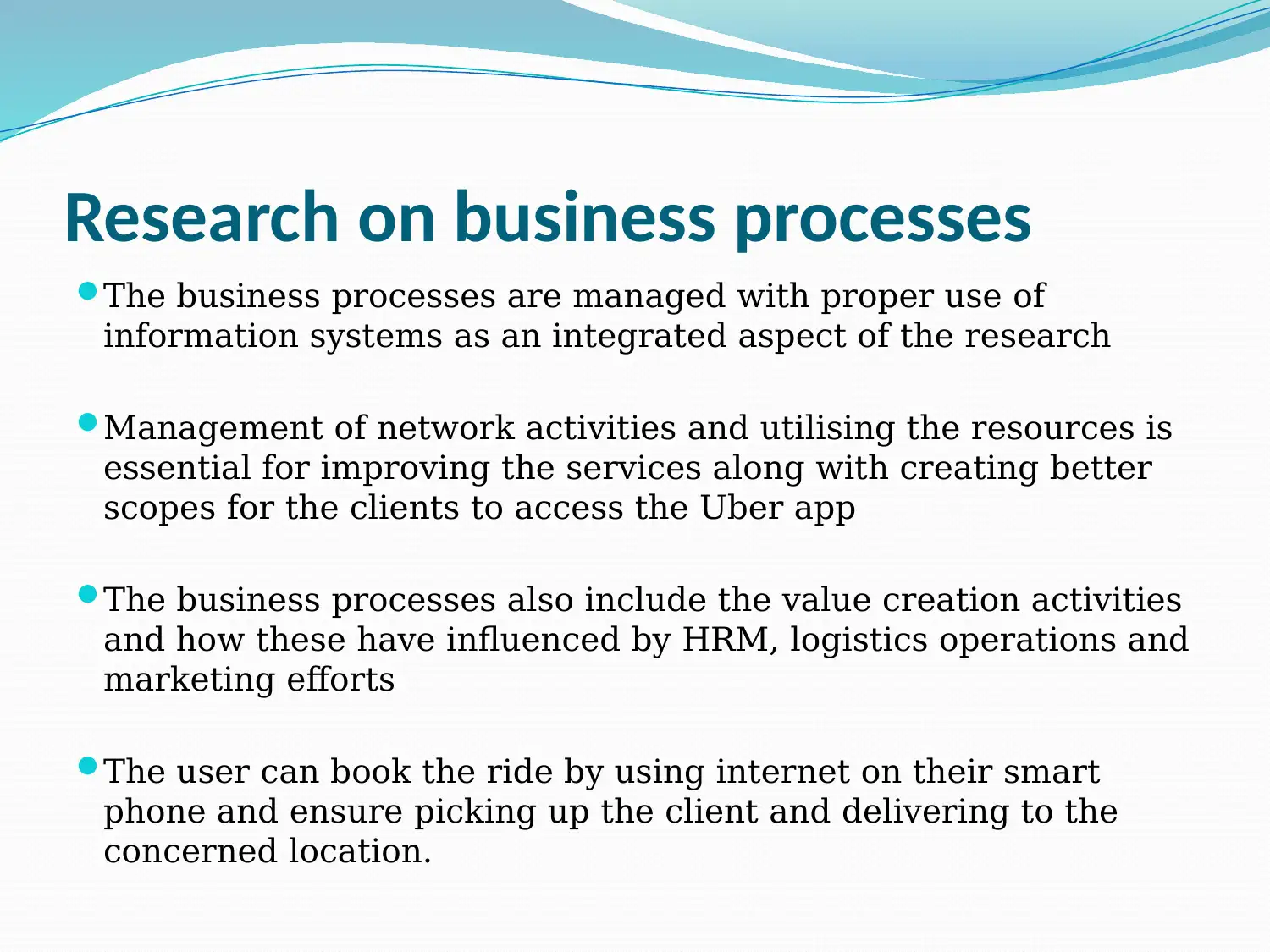
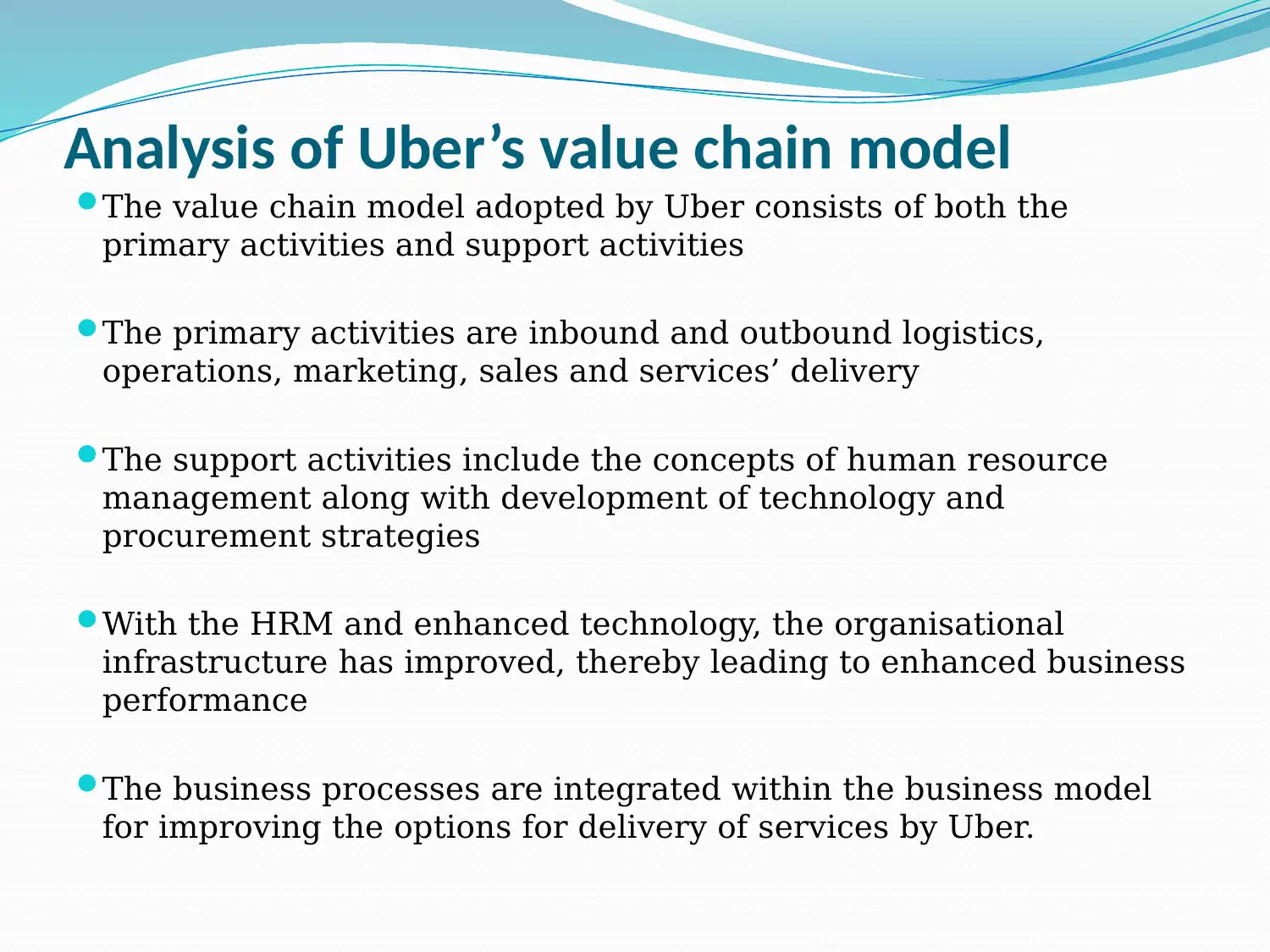

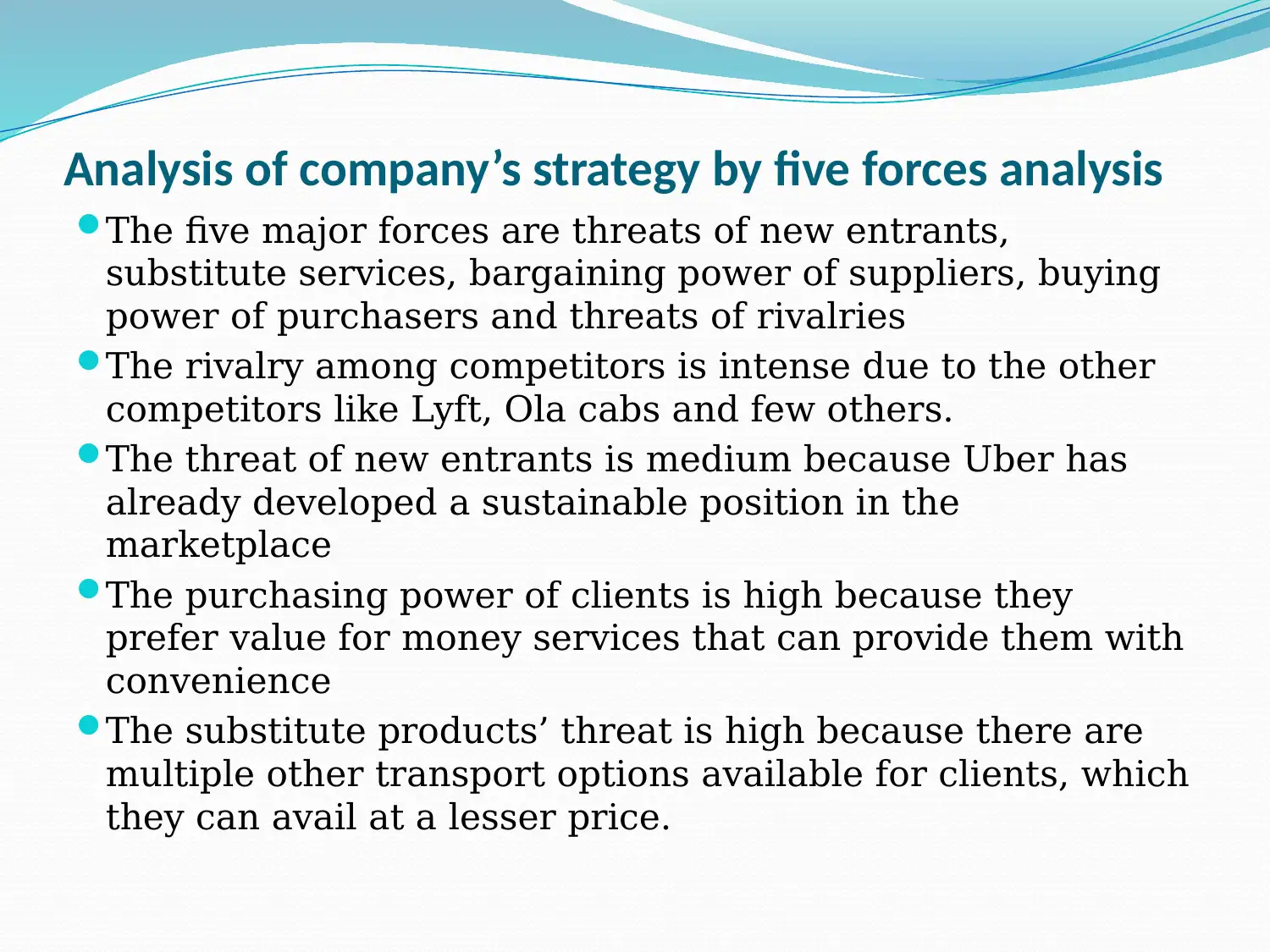
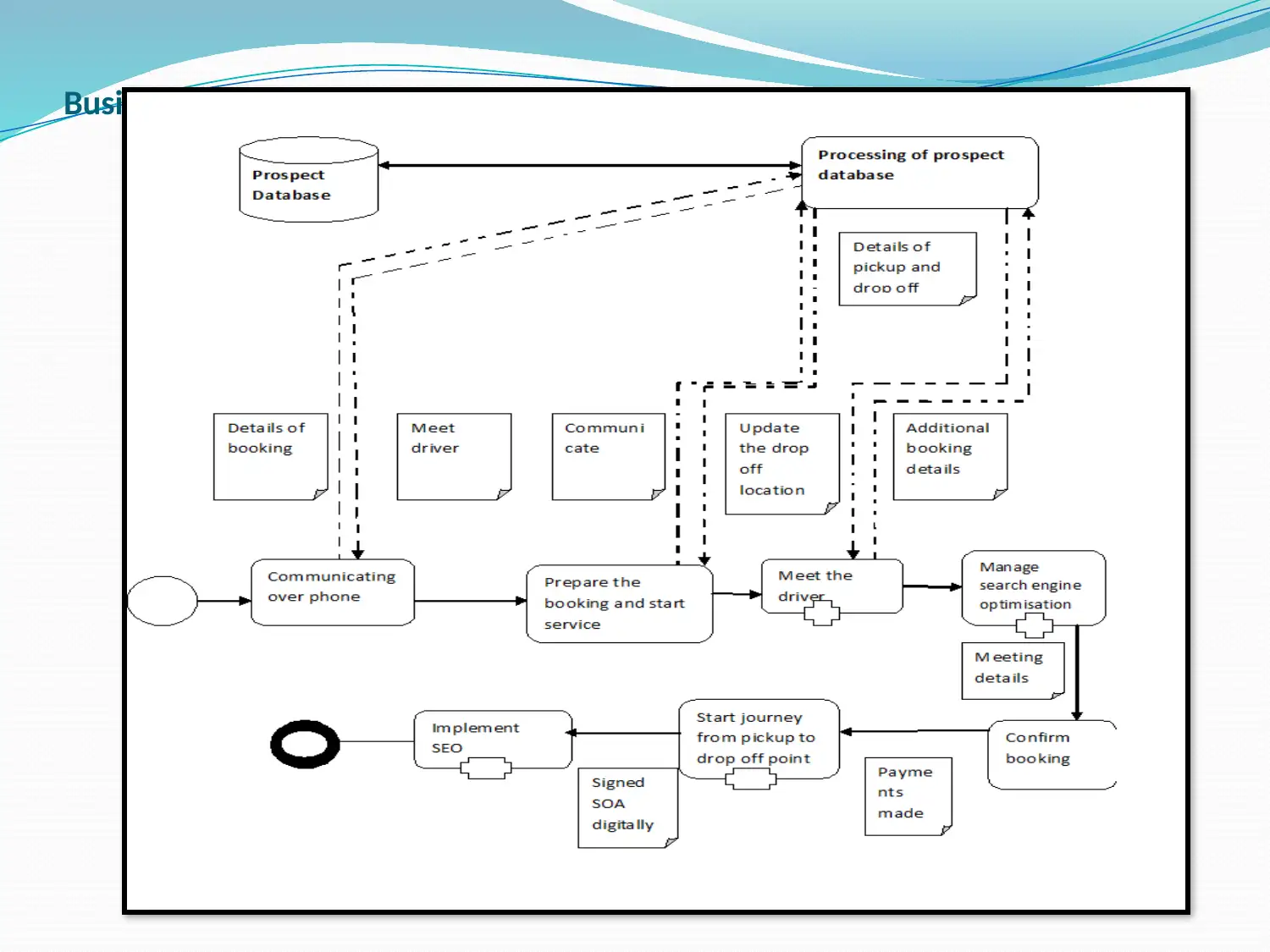
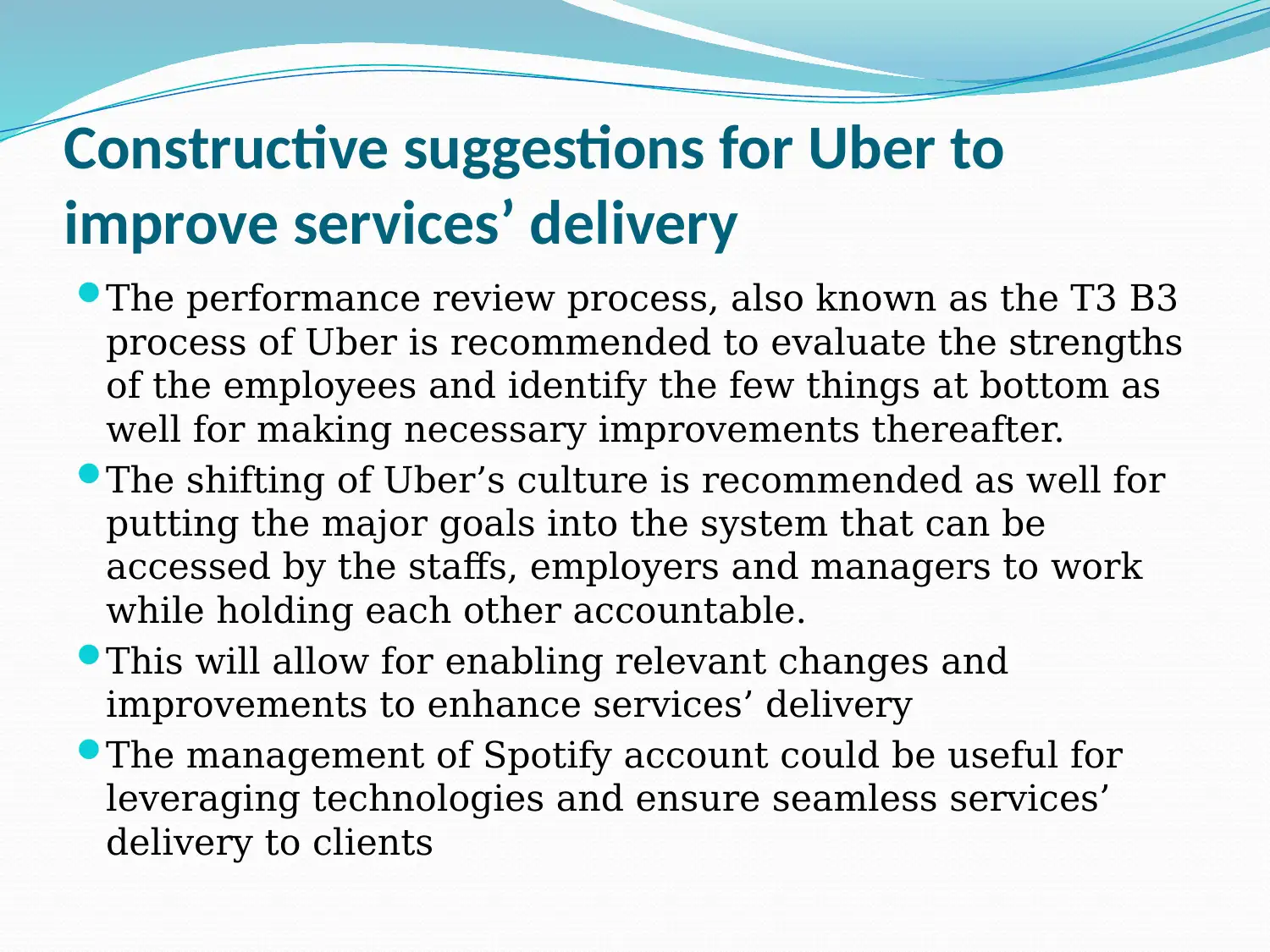
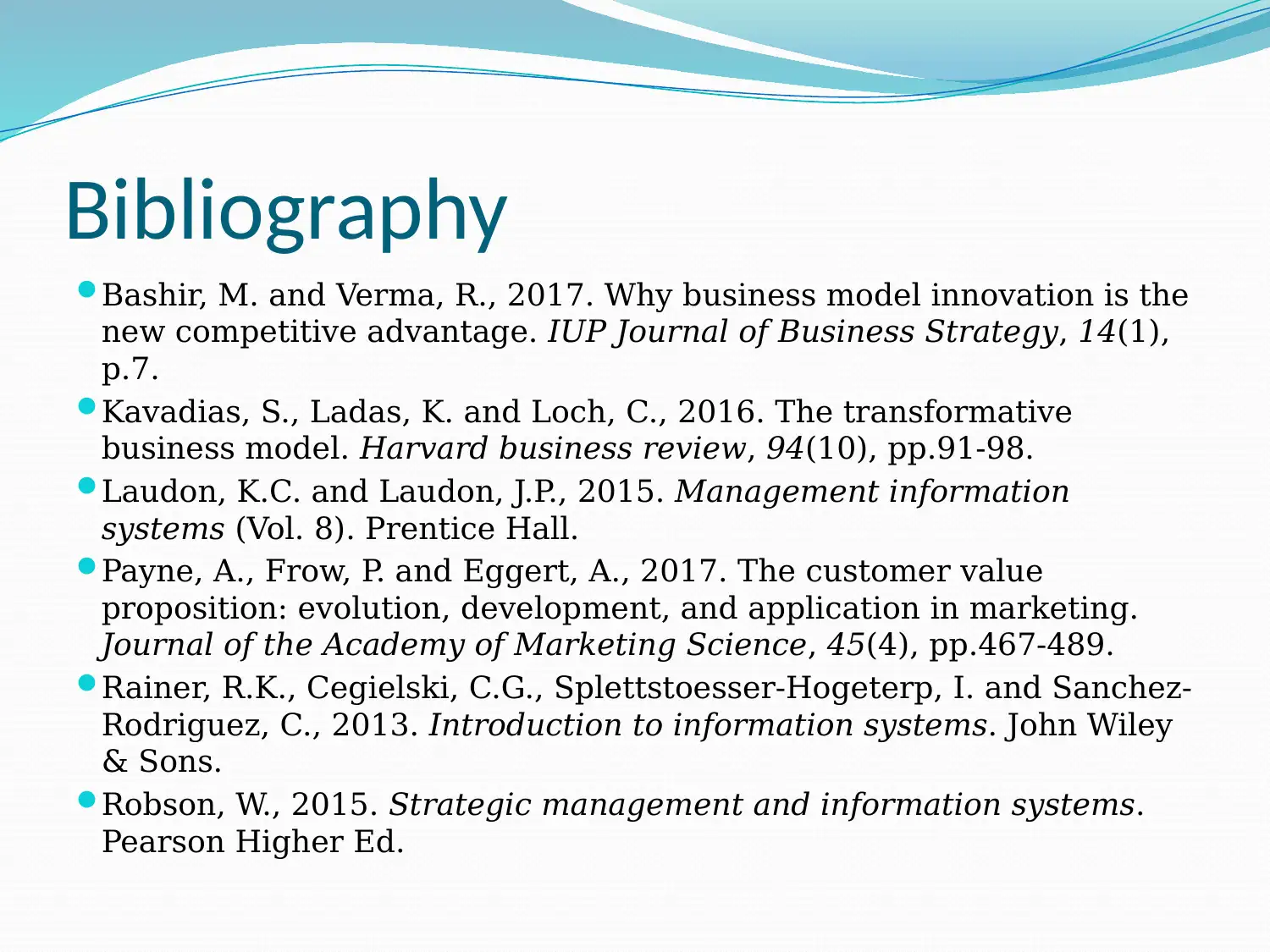






![[object Object]](/_next/static/media/star-bottom.7253800d.svg)